
UL, CE, EMC, FCC, and CSA Certifications
UL Listed Mark
This is one of the most common UL marks. If a product bears this mark, Underwriters Laboratories has found that a sample of the product meets UL's safety requirements. These requirements are primarily based on UL's own published safety standards. This type of marking is common on household appliances and computer equipment, furnaces and heaters, fuses, electrical distribution panels, smoke and carbon monoxide detectors, fire extinguishers and sprinkler systems, personal flotation devices such as life jackets and life vests, bullet-resistant glass, and thousands of other products.
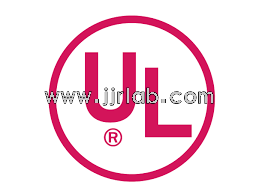
CE certification Mark
The European Commission describes the CE mark as a "passport" that allows manufacturers to circulate industrial products freely within the internal market of the EU. The CE mark indicates that the product complies with EU health, safety, and environmental requirements, ensuring consumer and workplace safety. All manufacturers, both within and outside the EU, must affix the CE mark to products coveRED by the "New Approach" Directives to sell their products in Europe. Once a product has the CE mark, it can be sold throughout the EU without further product modifications.
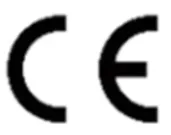
Most products covered by the New Approach Directives can be self-certified by the manufacturer, without the intervention of an independent test/certification company authorized by the EU (a notified body). To self-certify, the manufacturer must assess whether the product meets the applicable directives and standards. Although the use of harmonized European standards is theoretically voluntary, in practice, using these standards is the best way to meet the ce marking requirements. This is because the standards provide specific guidelines and tests to meet safety requirements, whereas the directives are more general.
Manufacturers can affix the CE mark to their products after preparing a Declaration of Conformity, which demonstrates compliance with applicable requirements. They must keep technical documentation to prove conformity. If requested by the relevant member state authorities, the manufacturer or their authorized representative must be able to provide this certificate and technical documentation at any time.
The Declaration of Conformity has no specific form but requires specific information, including:
1. Manufacturer's name and address.
2. The product.
3. Applicable CE marking directives for the product, such as the Machinery Directive 93/37/EC or the low voltage directive 73/23/EEC.
4. Use of European standards, such as EN 50081-2:1993 for the EMC Directive or EN 60950:1991 for low voltage requirements of information technology.
5. The declaration must bear the signature of a company official, making the company responsible for the safety of its product in the European market. The European standards organization developed the Electromagnetic Compatibility (EMC) Directive. According to CE, this directive essentially stipulates that products should not emit unnecessary electromagnetic pollution (interference). Given the presence of a certain amount of electromagnetic pollution in the environment, the directive also states that products must be immune to reasonable levels of interference. The directive itself does not provide guidance on the emission or immunity levels required to demonstrate compliance.
EMC Directive (89/336/EEC) Electromagnetic Compatibility
Like all other directives, this is a New Approach Directive, meaning only essential requirements (basic requirements) are needed. The EMC Directive references two methods to demonstrate compliance with the essential requirements:
1. Manufacturer's declaration (route conforming to Article 10.1)
2. Use of TCF for type testing (route conforming to Article 10.2)
3. lvd directive (73/23/EEC) Safety, like all CE-related directives, is a New Approach Directive, meaning only essential requirements (basic requirements) are needed. The LVD Directive describes how to demonstrate compliance with the essential requirements.
fcc certification mark
The Federal Communications Commission (FCC) is an independent U.S. government agency directly responsible to Congress. The FCC was established by the Communications Act of 1934 and is responsible for regulating interstate and international communications via radio, television, wire, satellite, and cable. The FCC's jurisdiction covers all 50 states, the District of Columbia, and U.S. possessions. All devices operating at a clock rate of 9 kHz need to be tested according to the relevant FCC codes.
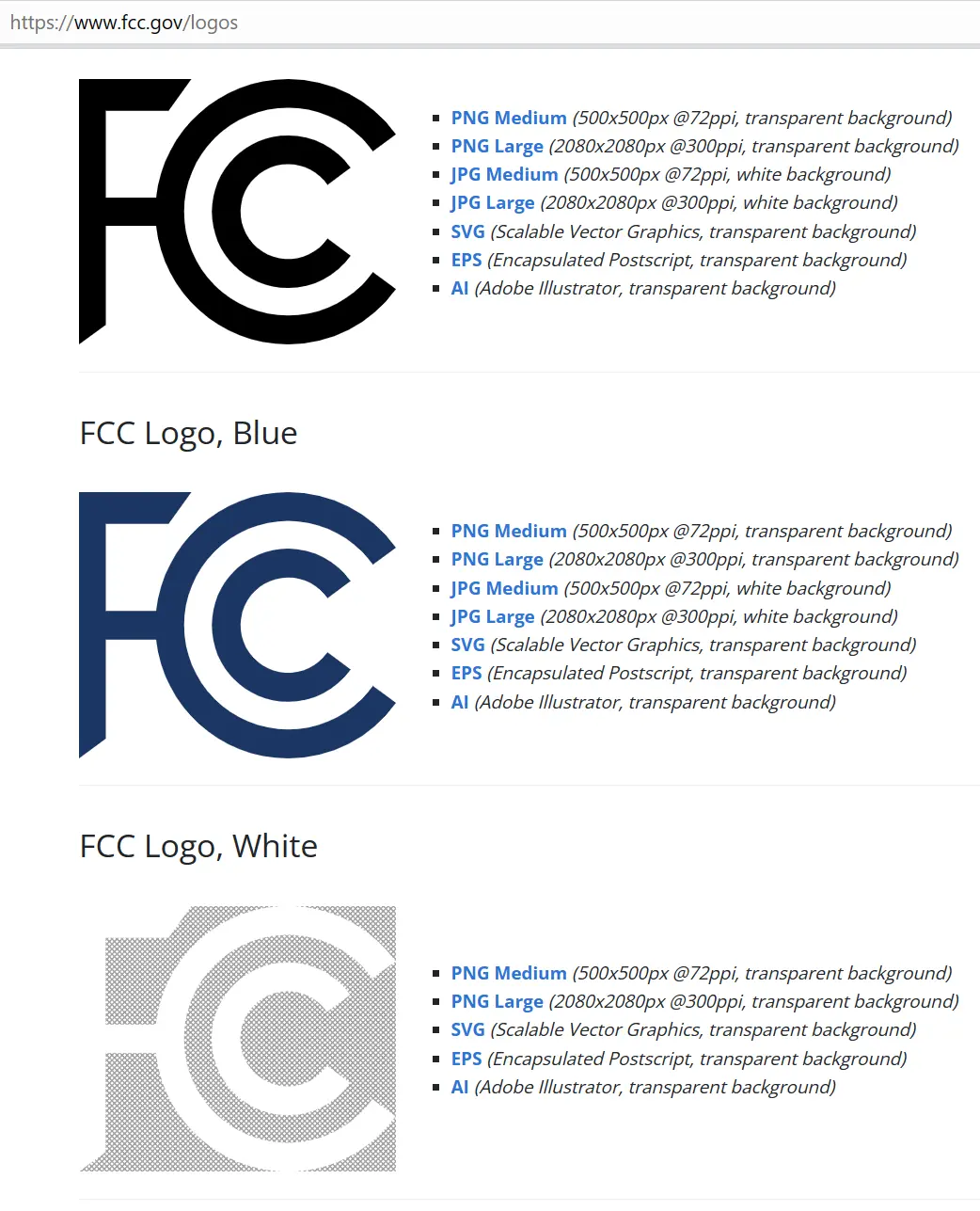
csa certification
The Canadian Standards Association (CSA) is a nonprofit organization serving business, industry, government, and consumers in Canada and the global market. Among many other activities, CSA develops standards to enhance public safety.
As a nationally recognized testing laboratory, CSA is very familiar with U.S. requirements. Under OSHA regulations, the CSA-US Mark qualifies as an alternative to the UL Mark.
Some areas applicable to CSA standards include:
1. Canadian Electrical Code, Part III - External Wiring
2. Electrical Engineering Standards
3. Electromagnetic Compatibility
Email:hello@jjrlab.com
Write your message here and send it to us
 Amazon Electric Kettle Certification UL1082 Test
Amazon Electric Kettle Certification UL1082 Test
 Amazon Australia Children's Toys AS/NZS ISO 8124 T
Amazon Australia Children's Toys AS/NZS ISO 8124 T
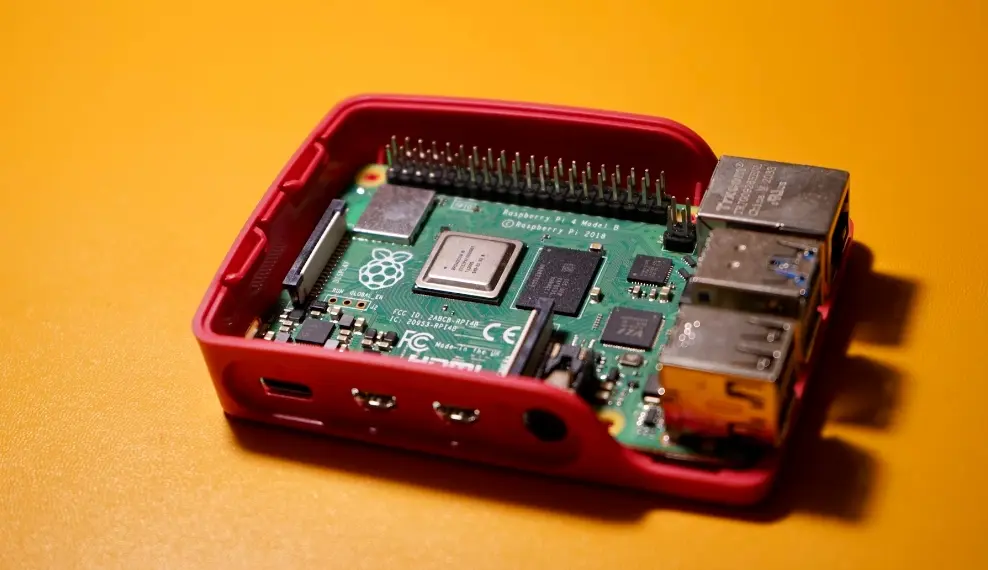 WWAN Product Thailand NBTC Certification Test Repo
WWAN Product Thailand NBTC Certification Test Repo
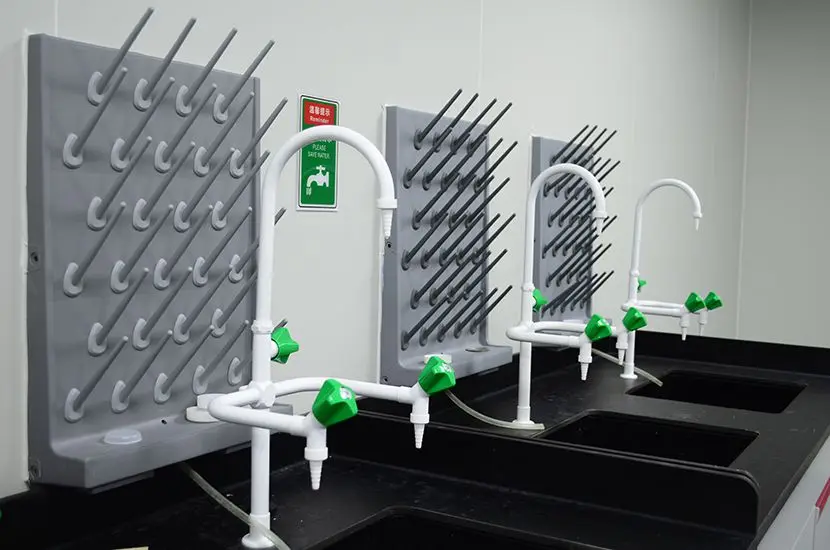 Battery UN38.3, Air/Sea Transport Certification &a
Battery UN38.3, Air/Sea Transport Certification &a
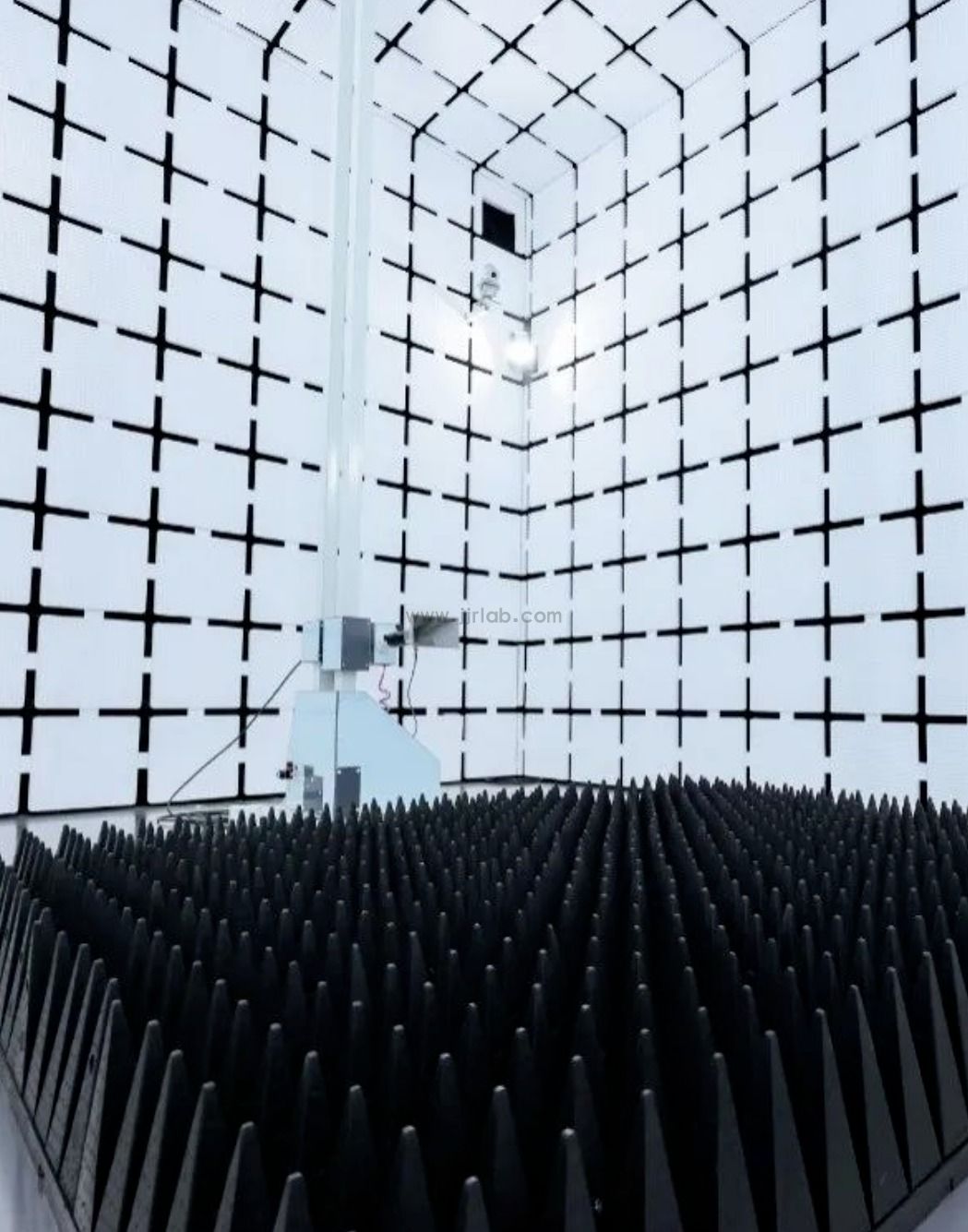 What is UL62368-1:2025 for Electronic Products?
What is UL62368-1:2025 for Electronic Products?
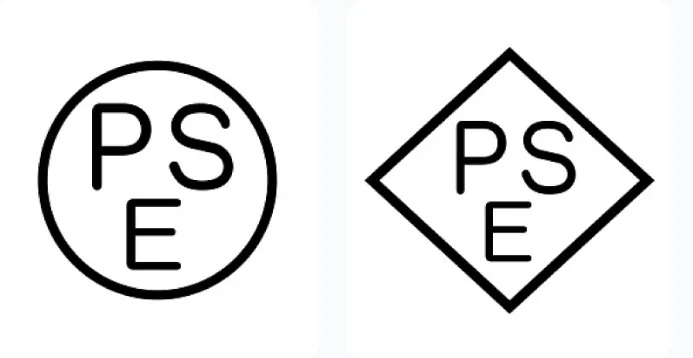 METI and PSE Certification for Japanese Electrical
METI and PSE Certification for Japanese Electrical
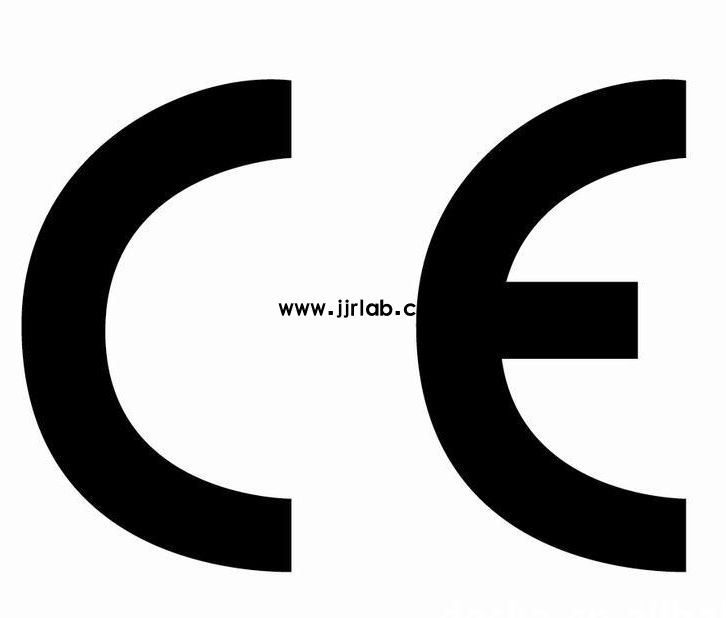 Electric Frying Pan CE Certificatio
Electric Frying Pan CE Certificatio
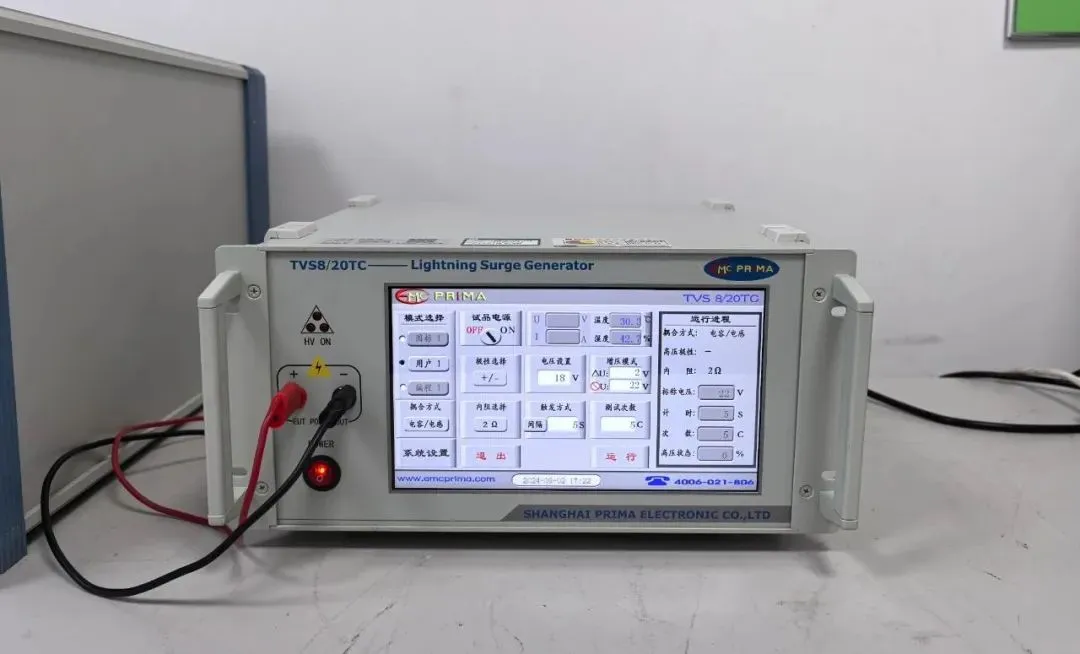 Electronic Products EMC ESD Test
Electronic Products EMC ESD Test
Leave us a message
24-hour online customer service at any time to respond, so that you worry!




